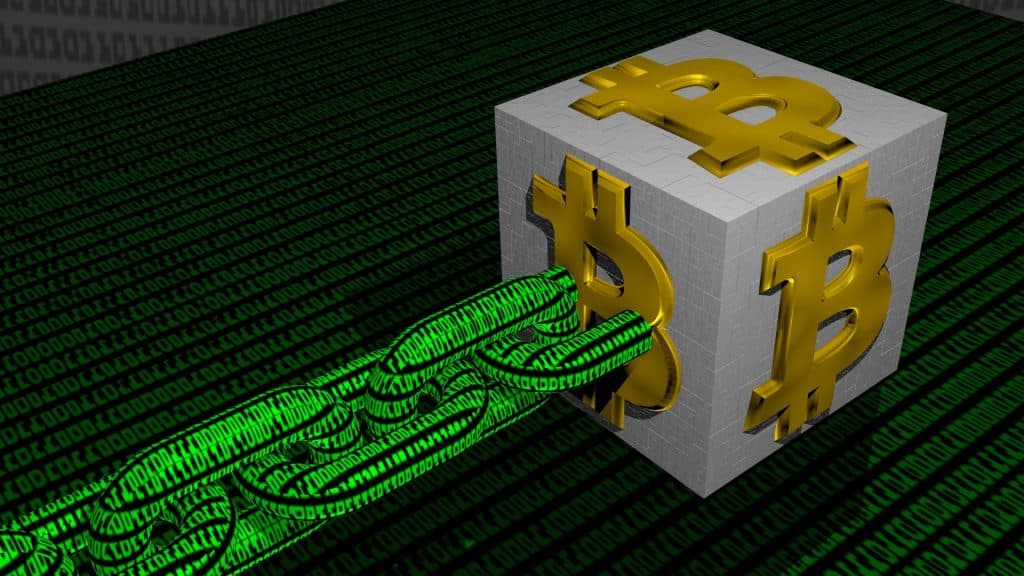What is Ethereum cryptocurrency? Ethereum is a decentralized open-source blockchain that features smart contract functionality. Its native cryptocurrency is Ether, which is second only to Bitcoin in market cap. Here is an introduction to Ethereum and how it works. It’s a decentralized, open-source currency that stores data on its own blockchain, rather than being exchanged like Bitcoin. It also features a proof-of-stake protocol, which enables users to create contracts that will pay out the owner with a predetermined amount of Ether.
NFTs are ethereum cryptocurrency
Blockchain developers recently added support for NFTs. This means that you can now trade and buy virtual kittens. NFTs are still in a very nascent stage and can therefore be easily manipulated by cryptocurrency whales. To avoid this, keep an eye on your wallet. NFT prices can quickly go through the roof if you invest in them, so make sure that you have a backup of the cryptocurrency you plan to trade in.
The NFTs are digital tokens usually based on the Ethereum blockchain network. They can represent anything digital. NFTs are used for a wide variety of purposes, ranging from sports tickets to hotels. A few examples are digital artwork, sports tickets, and hotels. Tokens may appreciate or depreciate in value based on how well a team is doing. If you own a large quantity of these tokens, you can use them to purchase these items.
Ether is Ethereum’s native cryptocurrency
Ether is Ethereum’s native cryptocurrency. It works with a decentralized network that consists of a database of smart contracts. Ethereum is composed of hundreds of nodes, or computers, that each store a copy of the entire blockchain. Each node stores details about transactions, accounts, and smart contract code and state. Nodes follow the same set of rules when verifying transactions, and they are all connected.
Ethereum was built on top of the bitcoin blockchain and shares many similarities with bitcoin, while adding new critical ingredients. The currency is called Ether and is second only to bitcoin in market value. Since a hacking incident occurred on Ethereum in 2016, two competing Ethereum coins were created. These are Ethereum (ETH) and Ethereum Classic (ETC). The Ethereum currency is currently trading at a higher price than the Ethereum Classic coin. Both coins have different uses and functions.
Ether is stored in a wallet
If you are interested in purchasing ether, you should know that you must store it safely. You must protect your wallet because hackers can access it. In order to prevent this, you can set a seed phrase, also known as a recovery seed. This seed phrase is usually a sequence of twelve or twenty-four words, and it serves as a backup of your wallet. You should store this phrase off-line since most devices are connected to the internet, and are therefore vulnerable to hackers.
A wallet is a device where you can store your Ether, as well as other cryptocurrencies. Your wallet is a computer or mobile device that stores your private keys. This wallet contains your private key, and if you lose it, you will lose all of your Ether. It is important to keep this device secure and close at all times, because your wallet’s password could be stolen or misused by a hacker.
Ethereum’s proof of stake protocol
The Ethereum proof of stake protocol is a new consensus mechanism. Compared to proof-of-work, it is more secure and less energy-intensive. Ultimately, this protocol is better suited for scaling solutions, though it is not a complete solution yet. It has taken several years to develop, but it is now being implemented on the Ethereum Mainnet. The process is known as “The Merge,” and it is a significant advancement for the Ethereum ecosystem.
The most notable benefit of proof-of-stake is its energy efficiency. It is estimated that 99% of Ethereum’s energy consumption will be reduced when this upgrade takes place. Once the Merge to Proof-of-Stake protocol is complete, Ethereum will have 64 shard chains linked to a central Beacon Chain that will serve as a network coordination and consensus layer. Eventually, most NFTs on Ethereum will switch over to the Proof-of-Stake protocol.
Ether’s annual inflation rate
In recent years, the annual inflation rate of Ether has come under scrutiny. As a single currency, the supply of Ether can change by two million. But Ethereum plans to maintain a low inflation rate. This is because the price of gas fluctuates daily, which drives up the costs of transactions. Despite this, the inflation rate of Ether is expected to stabilize at around 0.5% per year. In fact, Ethereum’s annual inflation rate is much lower than bitcoin’s.
The Ethereum network’s recent development has lowered the annual inflation rate of Ether. It is implementing a mechanism called token burn, which burns some of the Ether that miners pay as transaction fees. This mechanism will reduce the annual inflation rate by a third next year. The London update, which was implemented on Thursday, contained several improvements to the Ethereum network. The most notable change was EIP 1559.
To learn more about Ethereum Cryptocurrency and its profits you can visit URL.

